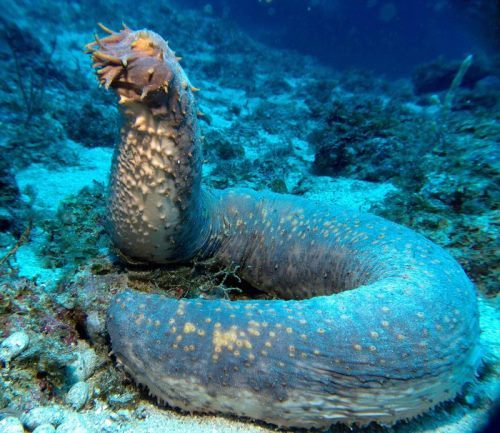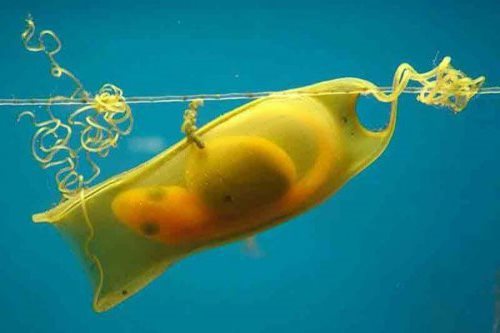Vegetarians – facts and myths
The word «vegetarian» was coined in about 1840 to mean people who lived without killing for food, either for moral or health reasons, or both. But the practice is much older than that. Greek philosophers recommended vegetarianism and famous people who have practiced it in the past include Leonardo da Vinci, Tolstoy and Voltaire, Milton, Newton and Bernard Show.
Men’s body is more like those of fruit-eating animals. For millions of years man must have lived on fruit, nuts and leaves and so developed a digestive system. Cancer, tuberculosis and heart disease are certainly more common in meat-eating communities.
Man may have started eating the flesh of animals during the Ice Age when most of the vegetation was destroyed.
A diet of vegetables, fruit, grains and nuts together with a few diary products can give us all the vitamins and minerals we need.
More »






